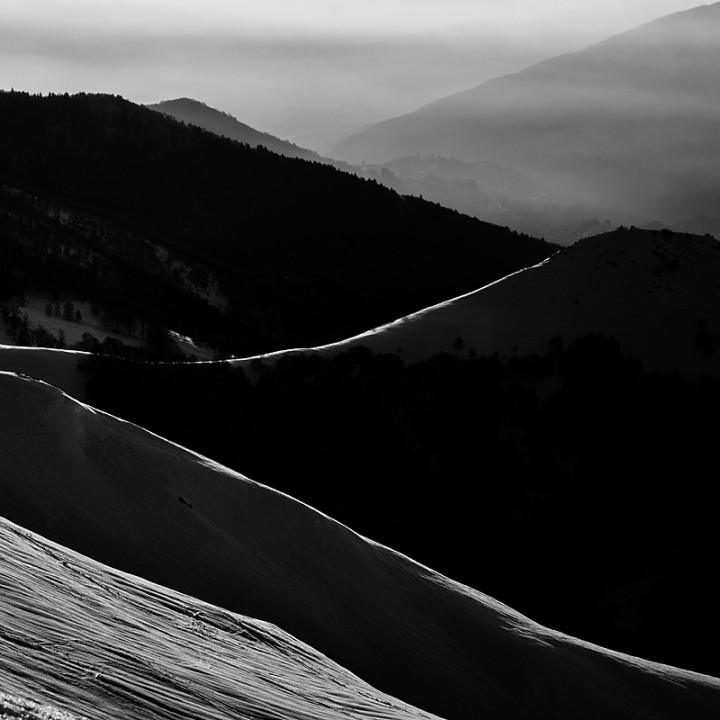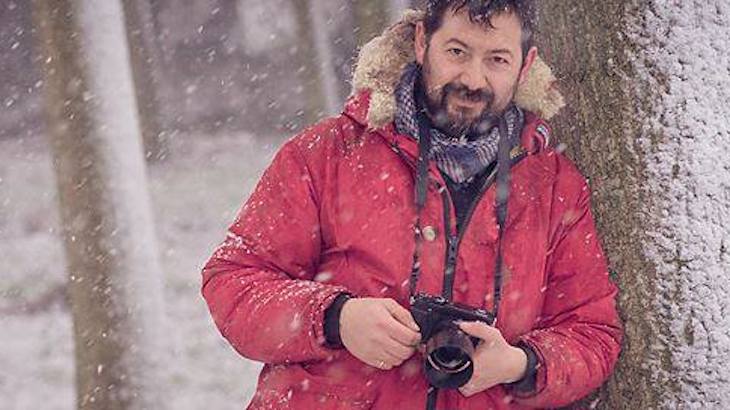Fabio Camandona became a photographer in 2007 during a vacation, twenty years after the thought “I’d like to be a photographer” first entered his head. From there he embarked on an intense independent study of the art, which led to him becoming a Master of the Nikon School in just two years, holding many high-level workshops for the company and himself. He began photographing weddings almost by chance, and with the arrival of his wife Simona Pilolla, he opened a studio called CamandonaPilolla which has had great success across the nation. Member of Fearless Photographers, the official photographer for both the Reggia di Venaria and the Torino Polytechnic University, and testimonial for Fujifilm Italia, he continues to hold numerous workshops despite the many weddings he photographs every year. He defines himself as an extremely simple person who loves life and living it.
All the photos contained in this article are the property of Fabio Camandona. The link to the original article in Italian can be found here.
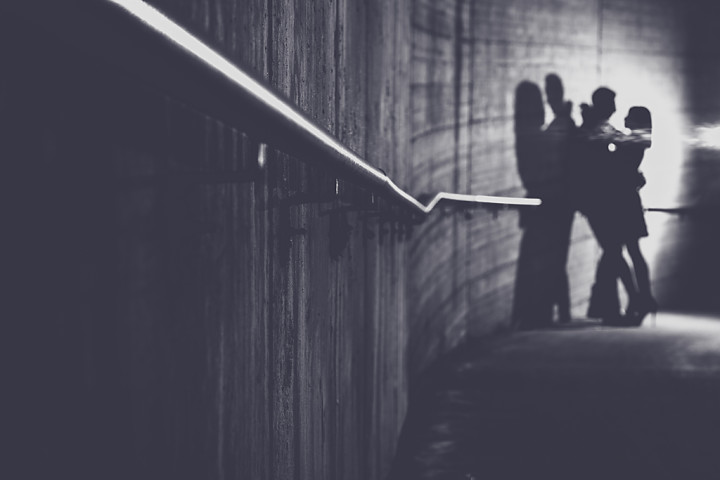
Here we are at the crossroads. This is it.
I’ve owned a Fujifilm X-E2 for two full months, one of the most recent mirrorless cameras to be released by a company which gave a raison d’être to the mirrorless sector and managed to win over the market.
As some of you may know, I’ve been following this sector for quite some time now. I’ve always harboured great interest in it and have been waiting for the moment when it would become possible to sell all my reflex cameras and continue to work using lighter and less invasive bodies.
I had some requisites that needed fulfilling however:
- I didn’t want any significant loss in quality compared to the cameras I was using before. I have a Nikon D600 and D700, both of which are up for sale at the moment. They’re excellent cameras. They’ve allowed me to do things that have satisfied me personally and have helped me to produce images which have received appreciation in various countries around the world. With two great lenses in front of the sensor, I knew I couldn’t accept a decrease in quality. I needed something that was at least equal. Many have asked me, “why don’t you want more?” It is because I believe that there is a limit beyond which I would just be looking for trouble. Keep in mind that I am talking about MY personal photography. With these two cameras I was able to do everything I wanted. They were exceptional.
- Reactivity. I do lots of weddings in the Kabul style. What does this mean? It means that our clients know very well that they need not pay any attention to us during their special day. As such, they dart back and forth from one part of the house to another, to the church and to the location, doing exactly what they want while we race behind them. (And rightly so: it’s their day!) For this reason, I need an autofocus that is both instantaneous and precise.
- High ISO. Weddings are almost always in the evening. The locations are romantic and dark. High ISO is indispensable and 6400 is the bare minimum. I don’t expect every pixel to come out clean like at 200 ISO but I want my images to be useable. The D600 gave me what I wanted, the D700 didn’t.
- Strobism. The technique of using flash controlled remotely via transmitter. I use it almost all the time. For me it’s fundamental.
- Resilience. Ah yes, it’s important. Cameras and lenses fall, get wet in the rain and become victims of spilt martinis and flying sushi. It happens.
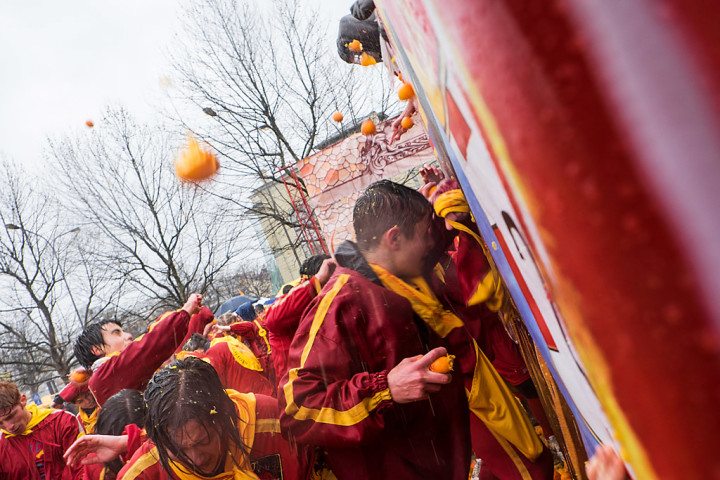
In short, a mirrorless had to give me everything I’ve listed above. However, I was also looking for a few extra characteristics that a reflex could never provide…
- Discretion. Discretion as in not being identified as a crazy paparazzi. Discretion is something that can allow me to take NEW kinds of photographs and this is very important to me. Much more important than a crop or a shallow depth of field created by a Noctilux lens. Enormously important. New photos, new emotions.
- Weight. Carrying around two catafalques for 12-14 hours was a lot. They were heavy; during the final hours I was always exhausted and a little bit aggravated. The desire to jump to my feet and photograph the bride being thrown in the air by her friends was purely psychological: my body, on the other hand, would be cursing me. We do lots of weddings but on top of that, we also engage in other services, workshops and of course, personal photography – in other words, a lot of shooting. About halfway through the season last year, I experienced a very strong inflammation of the meniscus and at the end of the season, I was completely burned out.
- New incentives like the ones the iPhone gave me two years ago or the Fuji X20 (a super camera but not comparable to a reflex and thus appropriate for other purposes). There is always a need for new incentives and challenges.
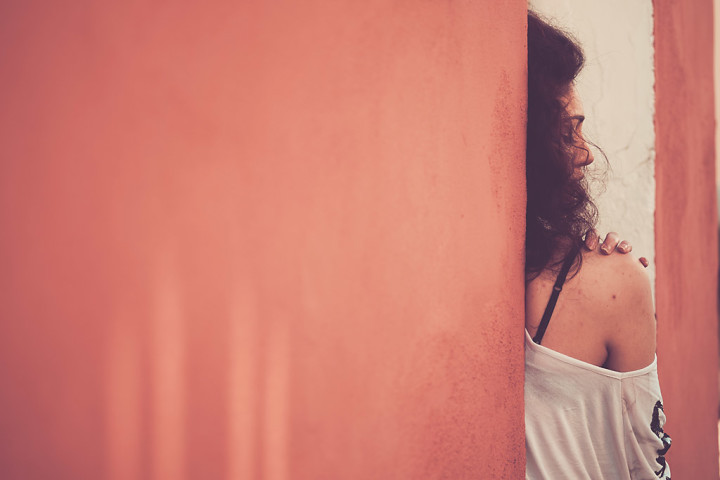
Every year I tried the newest releases but there was always a missing link. This year the X-E2 was released and as the slogan goes: the AF is lightning fast! (Well, more or less.) Interesting. The autofocus was one crucial aspect that Fujifilm always struggled with.
I wrote to Fujifilm, suggesting a one year project and they accepted. It was at that point I pleasantly discovered just how wonderful the company is. A company that keeps its promises. A company that goes above and beyond. I admit that I’m still a bit dumbfounded.
They sent me the X-E2 with three lenses: the 18-55mm kit lens, a 14mm wide-angle lens and a medium 60mm lens. I bought myself a couple of batteries and I was ready to go. I started to search for potential test shoots to verify whether or not my needs could be met.
- The first: Its inauguration. A paid event similar to a wedding. The results? Excellent.
- The second: A semi-sports photo feature at the Thay Boxe Mania event in Torino. A paid job. Again, excellent results.
- The third: My best landscape workshop of the year, Snowscape. We’re talking serious landscapes. For the 14mm I bought ND filters, remote shooting etc. Excellent, just excellent.
- The fourth: A photo feature at the fast-paced Orange Battle of Ivrea following the Devils under the floats. Excellent once again.
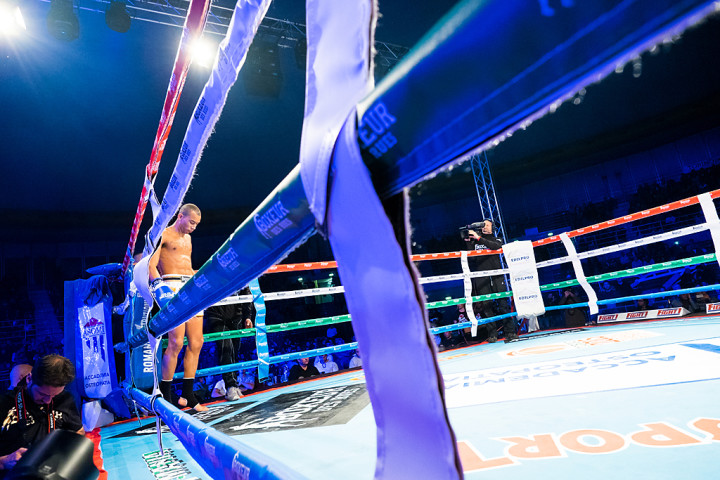
In between I had a few engagement, landscape and corporate jobs. The X-E2 shone every time.
In short, I’ve realised that I haven’t lost anything compared to my old gear. The images from the Fuji during the tests provided at least the same quality. In some cases, it was even better. Actually, sincerely speaking, it was always better but I repeat, going “beyond” the quality of my old gear simply isn’t important. I’m more interested in other features.
More than anything, I’ve released that I tend to take far more photos during the spare time between one service and another. It’s small, and it’s always on you. You naturally take photos with it.
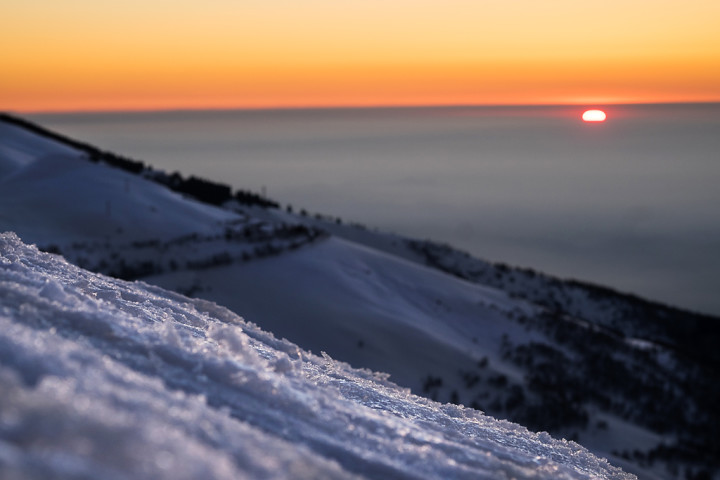
One of the educational topics I often push at my workshops is just that: the act of taking photos. You have to take lots if you want to improve and this applies to anyone. With this camera, I’ve taken many more photos than I ever did before.
I tested the camera at high ISO speeds. I looked at the reactivity, the robustness, the quality of the files, the portability and its use for strobism. (By the way, the Yongnuo RF603 kit for Canon works just fine with the Fujis.)
I managed to do everything I used to do, and much more.
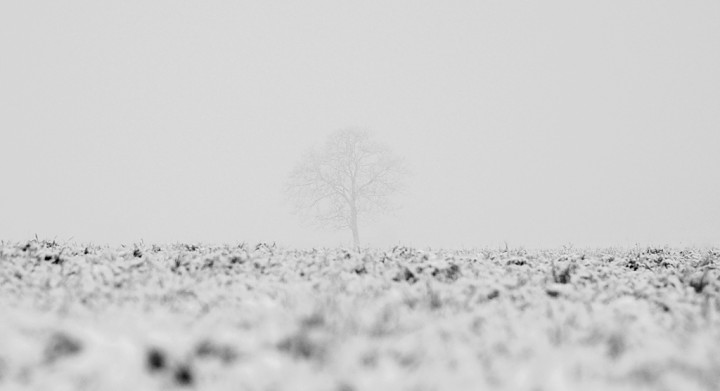
But there was one aspect that made me reflect more than anything. I’ve always loved participating in photography groups and sites such as ArtFreelance, Shot Magazine, Full Frame, 500px, loveyourpix and so on. It’s something I do often. I measure the quality of my photos by how many times I am selected by the editors and by their placement in the various galleries some groups use. It’s useful, and the comparison continues. There are some very skilled people in these groups.
Let’s just say that since I started using the X-E2, the number of times I’ve been selected by the editors has doubled.
I’ve come to notice that I shoot much as I used to in some ways, but quite differently in others. I don’t really understand the reason but I believe it is also related to the question of chemistry. The positive attention I’ve received from Fujifilm has surely helped as well. In fact, it’s probably related to a number of things. But in the end, who cares…I’m producing better images for myself and my clients and that’s what counts. Nothing else matters.
Yes, I am selling my entire reflex system. The switch is effective as of now – I’m going mirrorless and the Fujifilm X-E2 is my camera of choice. 🙂
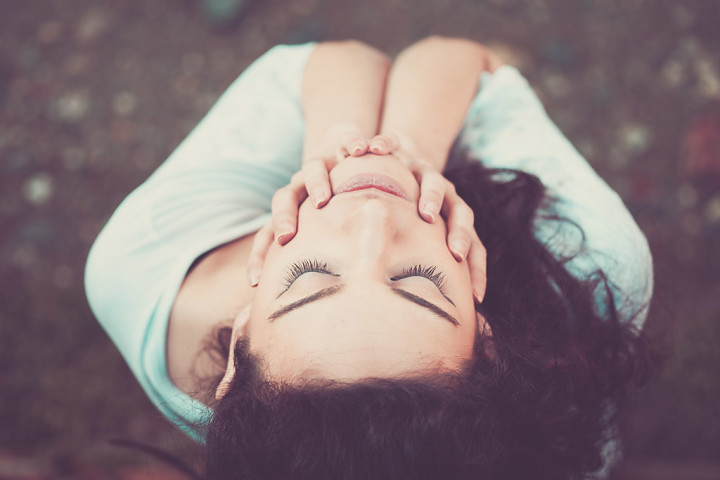
P.S. The question of chemistry is a fundamental one. I know many photographers (colleagues and friends) who for various reasons continue to use the reflex system. Reasons include being involved in a particular micro-sector of photography, the need for a large grip or a general indifference towards the gear used. Obviously if it works for them, then that’s fine.
This is my story and I cannot speak for everyone.
Be sure to visit Fabio’s website to see more of his gorgeous work!
